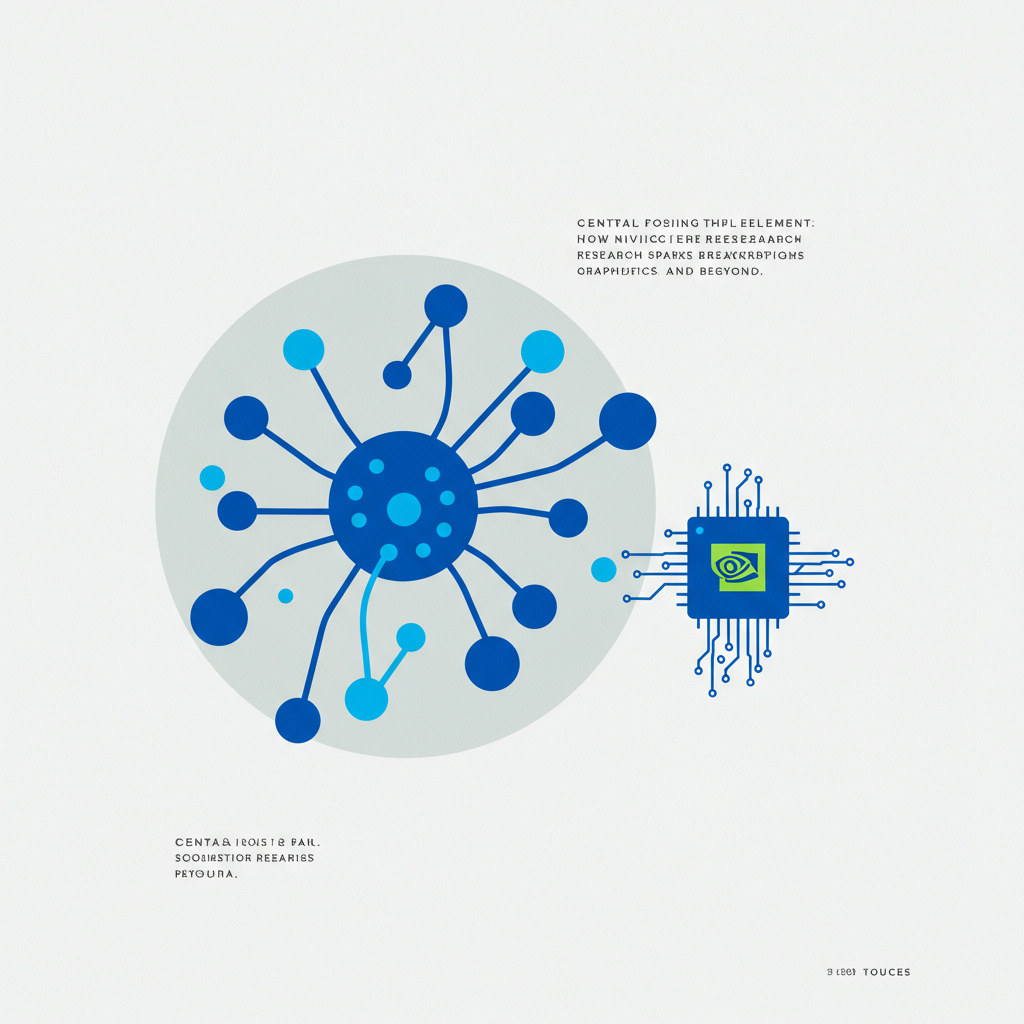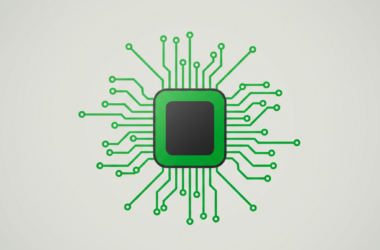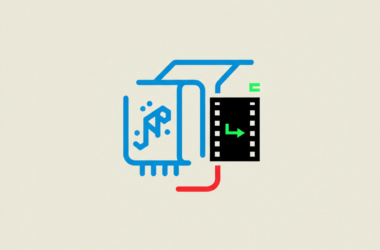
NVIDIA Research has been at the forefront of technological breakthroughs for nearly twenty years, driving transformative innovations across artificial intelligence, real-time graphics, and accelerated computing. The organization’s pioneering work has underpinned many acclaimed products, from advanced deep learning super sampling techniques to high-speed interconnect frameworks.
Founded in the mid-2000s and later steered by Bill Dally, a former chair of a renowned computer science department, the research group was established with a distinctive mission: to solve complex technical challenges while positively impacting both the company and the broader world. Dally has consistently emphasized the importance of balancing groundbreaking research with tangible industry relevance, noting, “We make a deliberate effort to do great research while being relevant to the company.”
The team is known for embracing ambitious projects—often with substantial risk horizons—in pursuit of innovations that have the potential to revolutionize various technological realms. David Luebke, a leading figure in the graphics research division, encapsulated this mindset by stating, “We are a small group of people who are privileged to be able to work on ideas that could fail. And so it is incumbent upon us not to waste that opportunity.”
A core value at NVIDIA is the philosophy of working “as one team.” Researchers collaborate closely with product teams and industry partners to ensure that theoretical advancements are translated into practical, real-world solutions. Bryan Catanzaro, vice president of applied deep learning research, remarked on the critical nature of this collaboration, explaining that achieving full-stack optimization requires integration across every part of the technology ecosystem.
The impact of NVIDIA Research is evident in its extensive portfolio of innovations. Early initiatives in GPU-accelerated ray tracing paved the way for technologies such as NVIDIA OptiX and NVIDIA RTX, which have redefined real-time computer graphics. Breakthroughs like NVIDIA DLSS demonstrate how deep learning can be harnessed to generate high-resolution images from a fraction of the rendered pixels.
Beyond graphics, NVIDIA Research has been integral to advancements in AI software. The introduction of the CUDA platform and subsequent release of the cuDNN library empowered developers to leverage GPU acceleration for a wide spectrum of applications. The research team further expanded the frontiers of visual generative AI with models such as StyleGAN and tools like GauGAN. Efforts in large language models—including the development of Megatron-LM—have also been pivotal, and these technologies have been integrated into platforms like NVIDIA NeMo.
The research organization’s influence extends to sectors such as chip design, networking, and quantum computing. Innovations in high-speed interconnects, exemplified by NVLink, and advancements in chip-to-chip communication have set new standards for performance and efficiency. Techniques emerging from the ASIC and VLSI Research group, such as the VS-Quant method, have contributed to improvements in AI accelerator precision and efficiency, shaping future processor architectures.
Recent initiatives include the unveiling of the Cosmos platform—a groundbreaking effort to accelerate the development of physical AI for next-generation robotics and autonomous vehicles. Those interested in diving deeper into this work can review the accompanying research paper or listen to the detailed discussion in the related AI Podcast.
Over the years, NVIDIA Research has consistently demonstrated how visionary science can lead to industry-changing products. Its commitment to rigorous investigation, collaboration, and a willingness to embrace risk has not only redefined the capabilities of modern computing but has also paved the way for the future of artificial intelligence, graphics, and beyond.
For those interested in exploring more about the visionary work taking place at NVIDIA Research or in viewing related multimedia content, additional information and presentations are available on their official research portal and at their premier developer conferences.







